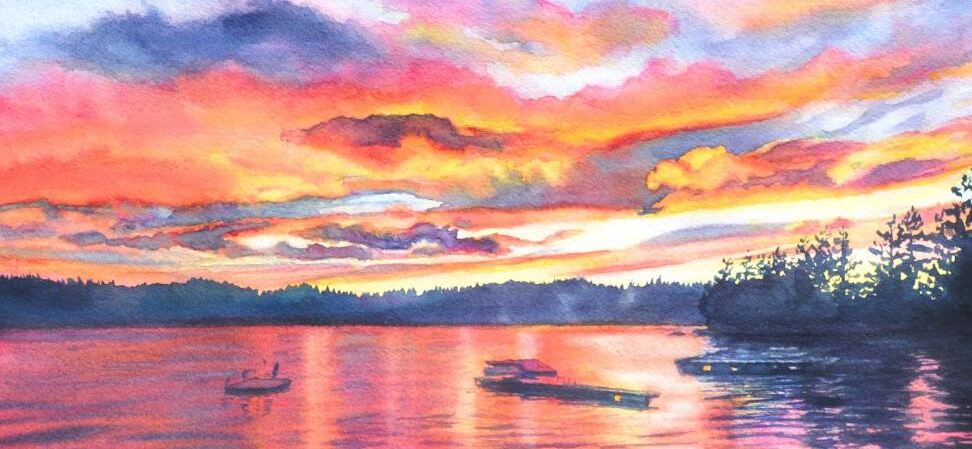Watercolor painting, known for its vibrant hues and ethereal quality, captivates artists and art enthusiasts alike. This medium has roots that trace back to ancient civilizations, showcasing its enduring appeal. Today, watercolor is celebrated not just for its aesthetic charm but also for the unique challenges it presents to creators.
One of the most enchanting aspects of watercolor is its fluidity. Unlike oil or acrylic paints, watercolors blend seamlessly, allowing artists to create soft gradients and delicate washes. The transparency of these pigments invites an interplay of light and color, producing effects that can evoke emotional responses and capture the viewer’s imagination. The ability to layer and build depth enables artists to convey complex landscapes, serene portraits, and whimsical abstractions.
Watercolor painting is also an extraordinary form of mindfulness. The gentle movement of the brush across the paper encourages a meditative state, where the artist becomes attuned to the nuances of color and form. Each stroke presents an opportunity for exploration, inviting spontaneity and creativity. This fluid nature encourages artists to embrace imperfections, as watercolors can behave unpredictably, reinforcing the idea that art is not just about the final product but also about the journey of creation.
For those looking to embark on their watercolor journey, starting with a basic set of paints, brushes, and high-quality paper is essential. Wielding the brush with patience allows one to uncover the magic held within this beloved medium. Whether for relaxation or artistic expression, watercolor painting offers a unique avenue for creativity that continues to inspire artists around the globe

